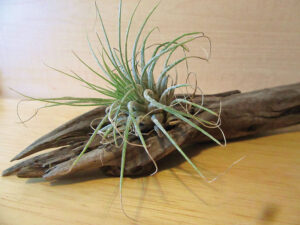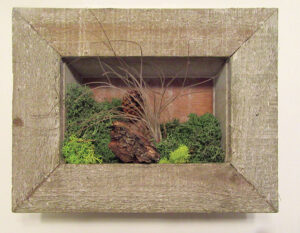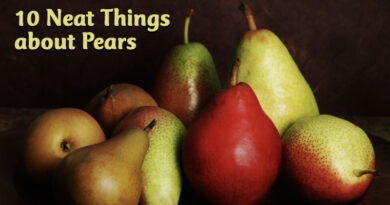Tillandsias, the Amazing Air Plants!
“What are those, mom?”
What indeed! If you frequent greenhouses you have likely come across a display of these plant oddities. Tillandsias are fun and intriguing plants for children and adults alike, but they also provide a great learning opportunity for little ones.
The plant world is diverse, and each plant has developed its own way to survive in the world. Tillandsias are often found living high up in the trees, often covering branches or nestled into little crooks or even perched on rocks. They seem to exist on nothing but air. Enter our chance for a lesson in horticulture with the kids.
Most tillandsias are epiphytes or plants that use other plants for support. They are related to the bromeliad family known for their fabulous flowers and remarkable water storage. There are approximately 600 species in the genus Tillandsia. These plants are only found in the Americas, specifically, the southern United States, Mexico, Central and South America. Perhaps one of the most commonly recognized tillandsia is Spanish moss (T. usneoides) which is not a moss at all. It hangs in romantic lacy strands from live oaks and bald cypress trees throughout the old South. In the past it had been used for everything from auto seat padding, home insulation, packing material and padding for voodoo dolls.
Tillandsia is not parasitic and does not steal nutrients or water from its host; they actually do get all the water and nutrients they need from the air. Their roots are in fact only used to anchor the plant in place.
How do they live?

The plant survives through the means of cells in their specialized trichomes, the base of the hairs that cover their leaves. While many other plants have trichomes, no others have the capacity for wicking water out of the air in the way tillandsias do. As moisture touches the leaf, it spreads to the base of each tiny hair and is sucked up through the process of capillary attraction. This is the ability for water to flow into narrow spaces without the aid of gravity.
Caring for your plant
These remarkable plants are excellent house plants but will need to be watered when they are grown indoors. Watering a tillandsia is a little different than watering other plants. A quick shower under the tap once or twice a week is all they need if they are anchored down they can be misted with a spray bottle instead. Tillandsia does have beautiful flowers, to get yours to flower, use a 0-10-10 fertilizer in the water you use in the spring. Resist putting your plant on top of the soil of another plant pot; the soil will cause the roots to rot.
There are two main types of these little plants, gray or mostly gray, and green. The gray leafed variety is common to areas that experience long droughts. The leaves reflect sunlight and help to conserve moisture. The green kind is native to more southern locales with rainy and humid climates. Gray leafed tillandsia are the best variety for house plants. If you see little offsets coming off of the mother plant, you can remove them once they are a third of the size of the mother. If they don’t come off easily with your fingers, you can use a knife or shears.
Simple projects for displaying tillandsia

I love these little plants and so do the boys, so we often pick up different ones from time to time. One of the best ways to display them in your home is to mimic their natural environment.
We’ve purchased an old wood box frame, added some moss, pine cones, and bark to create a perfect home for one of our plants. This living art piece is one creative way to display these nifty members of the plant world on your wall.
Placing them on interesting bits of bark or driftwood that you’ve collected from a trip to the beach or around your yard is another natural setting that can create a minimalistic ornament for a shelf or coffee table. You can even make larger arrangements for a dinner table setting.
Use floral wire or fishing line to tie the plant down onto the wood so that the roots can attach themselves. You can also use hot glue to do this, (after letting it cool for 15 seconds), but I prefer using wire. Kids craft glue will work as well, but do not use any epoxy or petroleum glue as it can harm the plant. Be careful not to place the plant in large holes that may hold water as this could cause it to rot.
Another fun way to display tillandsia is to hang them in clear glass balls with a side opening. You can usually find these at your local greenhouse or craft store. Place some sand on the bottom or rocks and voila an instant ornament to hang in your window.
Large twigs or branches of bright red dogwood or white birch can be used to create a hanging of several plants. Use twine or ribbon to form a hanging loop by tieing it at both ends of the branch, then use the twine, ribbon or fishing line to tie up a couple of plants, letting them hang at different lengths.
There are so many creative ways to display tillandsias. Have fun with your children as you decide which is the best way to showcase them in your home. d




